Today’s post is my response to an email from a young beginning goalie who is struggling to save low shots.
Hi Coach Damon – Love the new site design! It looks great. I’m currently struggling with low shots. I have trouble reacting to the fast low shots and often time miss it. I think it has to do with either how I’m setup or my reaction speed. Any tips for helping out with these low shots? – Kasey
Thanks for the email Kasey and thanks for the compliment on the site design.
I think you’re right. Most goalies who struggle with low shots have a flaw in their stance that prevents them from quickly reaching a shot to the feet.
But in addition to stance, there are also several other tactics and tips to consider to improve your ability to save low shots.
Let’s dig into all of them.
Back to Basics – Get Setup in The Proper Stance
If you’ve read any number of my posts you know that I like to think of every save the same way – low shots are no exception.
An extremely important part of making a save is getting setup in the right stance. Many goalie problems are caused by a bad stance and low shots are no exception.
Goalies struggling with low shots are often standing too upright in their stance. Not in an athletic position.
If you’re setup in the proper goalie stance you’ll have a slight bend forward at the hips, ready to pounce forwards towards any shot especially a low one.
If you draw a vertical line from the shoulders downwards while in your stance, the line should pass through your knees and down through the balls of your feet.
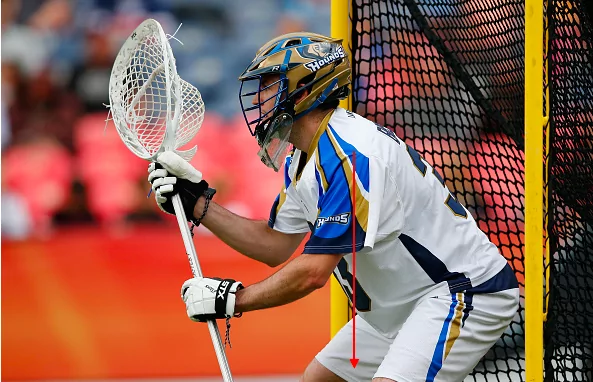
A good test – can you take off on a sprint forward directly from your stance?
If you have to make some kind of adjustment before sprinting forwards you’re not setup in the right stance.
A goalie who is too upright will have a hard time athletically reacting to a low shot.
Lower Your Stance
There are a set of guidelines that all goalies should follow when setting up in a good goalie stance. However there’s also a lot of flexibility within those guidelines.
Some goalies are taller and like to setup in a higher stance like Drew Adams (left), other goalies like Adam Ghitelman (right) are shorter and like to get really low.
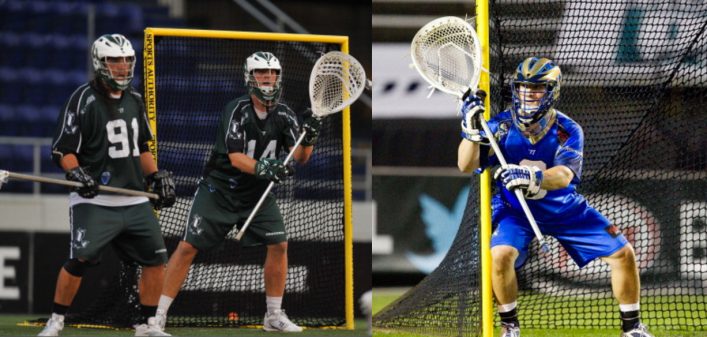
There are many styles of lacrosse goaltending and different styles work for different goalies.
However if you’re struggling with low shots while having no problems with high shots, I suggest lowering your stance.
Being lower to the ground will make that low save easier, as both the stick and your body have less distance to travel to reach the low shot.
Incidentally, by setting up in a lower stance you’ll start seeing more high shots as shooters see more open net upstairs.
For those goalies struggling with low shots, baiting the shooter high could be an effective tactic.
Lower Hands In Your Stance
Even if you prefer to setup in your stance a little higher you can still improve your ability to reach low shots by ensuring that your hands are setup a little lower.
You want your top hand about equal in height to your chin. Any higher and it puts tension on your shoulder that must first be released before making a move to the ball.
So if you’re having trouble reaching low shots consider lowering your top hand in your stance.
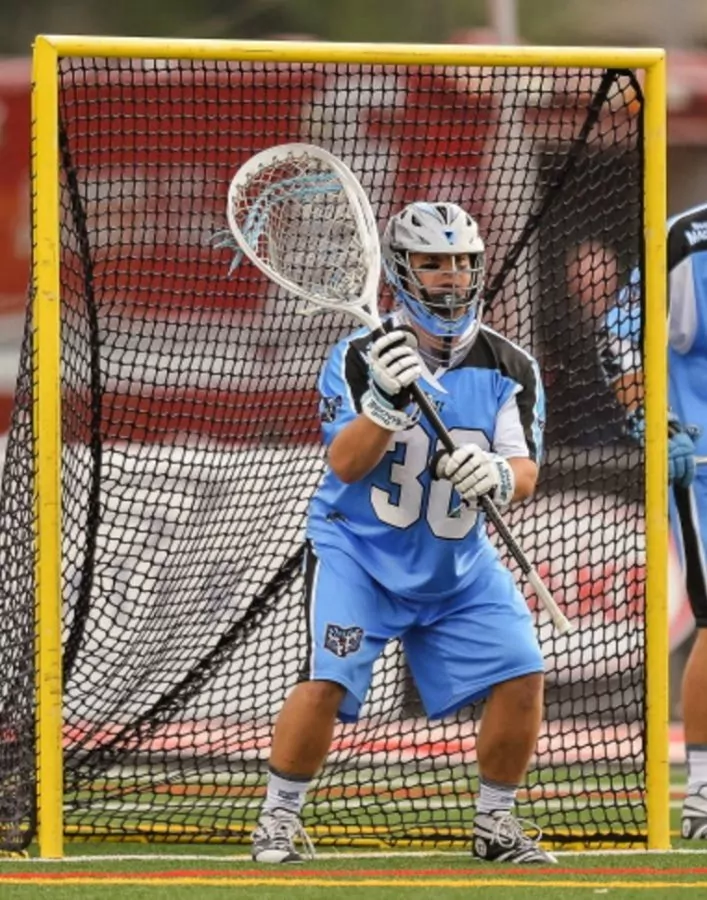
Sink the Hips
One thing I learned from the great Tillman Johnson, is if your hips start at level 2 in your stance.
They must finish at level 1 and stay there throughout the save.
Many times you see young goalies simply bend at the waist as opposed to sinking the hips and getting the entire body down low.
Anderson Moore uses the phrase “sniff the shot” reminding him to get his body low enough to smell the low shot.
Here’s a good video demonstrating the hip sink technique I’m referring to:
Save the Ball Out in Front
One of the problems many goalies face when trying to save low shots is they let the ball get too deep into their body.
It’s key on low saves to still save the ball out in front.
When your hips are back and your hands are saving the ball out in front you’ll never lose sight of the ball and be able to track it all the way into your stick.
Here is Coach Tim Cassi describing that technique:
In games, many goalies tend to get nervous. This causes their body and their grip to tighten.
Unfortunately, this is the exact opposite of what an elite goalie wants.
We want our body to be extremely relaxed, ready to react. We want our grip on the stick, especially the top hand, to be loose.
If you’re “choking” the stick with a tight grip, you’re going to be slow to get to the lower shots.
So when you’re practicing saving low shots be sure to relax your hands a little. This will allow for the proper stick rotation to get that head down low in time to make the save.
The only way to lose those nerves that result in a tight grip and a tight body is to get that real game or real practice experience.
So if you’re nervous and tight at first, don’t worry with time and experience that will go away.
When I first started learning this position our coach preached ending the low save with a vertical stick. Like this:
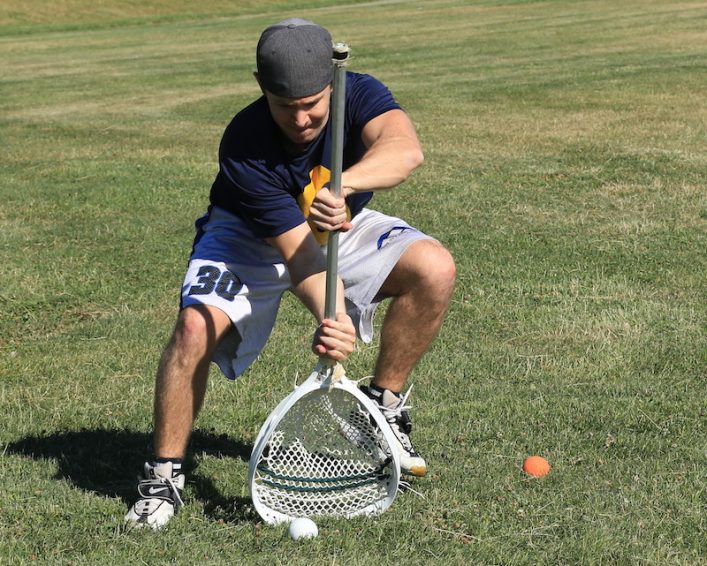
As I coached young goalies earlier in my coaching career this was the technique I taught as well. Punch that bottom hand out and end with a vertical stick.
After talking with a lot of goalie coaches and playing around with another technique, this is one of those areas where I’ve changed my mind.
I think goalies should end with a horizontal stick on low saves. Like this –
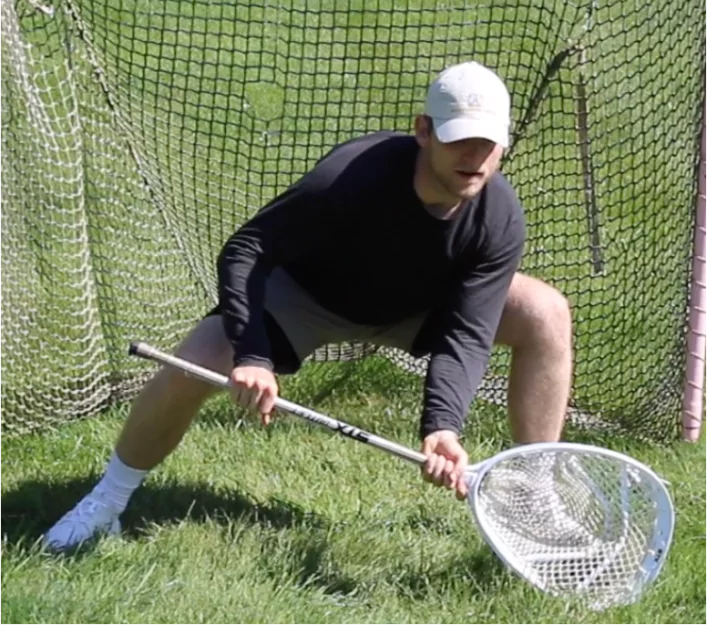
Why? Try this little exercise. Setup in your stance and remove your top hand so that only your bottom hand is on the shaft.
Now make a low save.
What you’ll find is the most efficient way to make a low save is to end with a horizontal stick.
When only the bottom hand is involved to me it becomes blatantly clear that you wouldn’t punch the bottom hand out to get to the save position as fast as possible.
If your goalie is having success with “jamming” aka ending with the vertical stick, great. If not, have them give the horizontal stick finish a try and I bet you’ll find they start saving even more low shots.
To determine a goalie’s ability to make low saves I often ask these two questions – 1.) How good are you at squatting? 2.) How flexible are your hips?
I’ve coached goalies that were lights out on every type of shot except low shots.
We got him working on his squats and hip flexibility to improve his speed getting down. I know it sounds odd because it’s not a lacrosse specific tip, but it helped tremendously as he drastically increased his save ability down low after that.
The truth is your hip flexibility and the tension in your hamstrings and quads are extremely important. If everything is too tight then your technique on low shows WILL suffer because you have to take a less direct path to the ball.
Stretching out and truly getting your body warm is super important for goalies who want to make those low saves.
If you want to build flexibility in your hips, I have a 4 week training program inside the Lax Goalie Rat Academy. Do it!
Anticipate the Low Shot
As lacrosse goalies we should never guess where the shooter is going to shoot. We always want to see the ball and then react to the shot.
We can however anticipate low shots in some situations.
Many lacrosse players do not have the ability to shoot low to high with accuracy. It’s a difficult shot that you usually only see executed starting at the high school level.
Shooting low to high with accuracy and power is even more difficult if a player is on the run.
It takes strength and it also takes a deep lacrosse pocket, meaning female players are even less likely to shoot low to high.

Therefore, as a goalie, when you see a player’s hands and stick head drop before a shot, you can anticipate a low to low shot.
When you’re anticipating a low shot, you can cheat lower in your stance and lower your hands to be better prepared to react to a shot that goes low to low.
Getting your hands and body low before the shot will help you be in great position to make that low save.
As you raise through the levels of lacrosse you’ll see that shooters can now accurately place that low to high shot. However you can still use this tip because a low to high shot is difficult.
If a player rips top cheddar with a low to high shot on the run, there’s no shame in giving up that kind of goal. Regroup and focus on the next one.
When making a low save, there’s a certain way lacrosse goalies should end up to ensure that any rebound or ricochet ends up in front of the goalie and not in the goal.
It all has to with both the angle of your stick and the angle of your chest when making this save.
Your chest should be over top of the stick on low saves.
Here’s an example of good positioning with the stick angled forward, chest over the head of the stick, and the head right there concentrating on the ball.
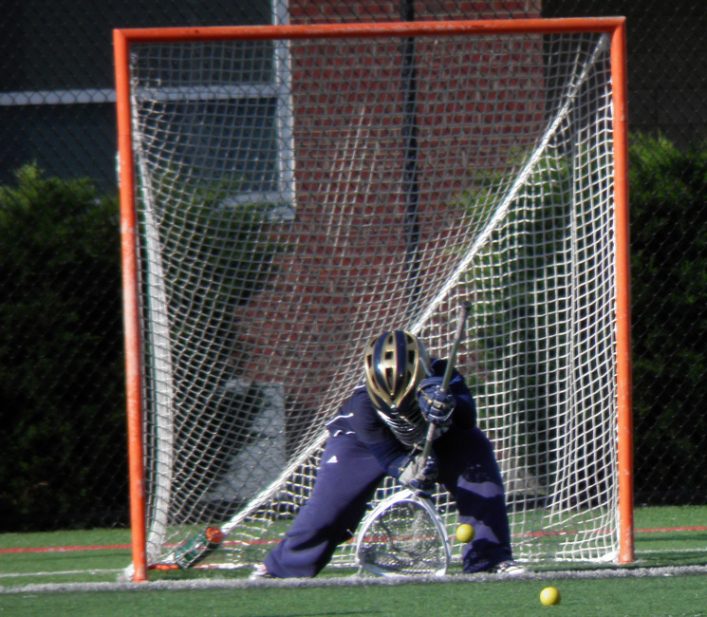
For low saves (or any save for that matter) we drive our top hand directly to the ball.
With our bottom hand we want to punch out.
This will do a number of things: 1.) Help accelerate the stick’s rotation. 2.) Allow the goalie’s stick to finish angled forward.
Having your stick angled forward will cause ricochets to fall in front of you and not find their way into the back of the net.
Punching your bottom hand forward on the low save will also keep your shoulder square to the shot so your body occupies maximum surface area.
One thing I say to goalies when we’re working on low shots – “What time is it?”
If you’ve properly punched your bottom hand out you should be able to see an imaginary watch on the wrist of your bottom hand.
When your bottom hand is behind you – you can’t see your wrist – and you’re not in the right position to make a low save.
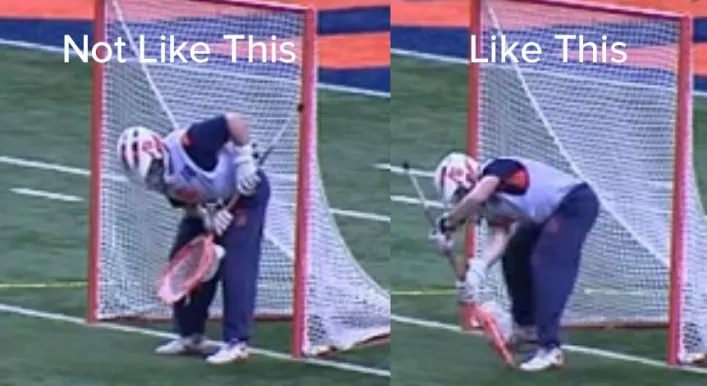
What time is it? Time for some low saves.
As I’ve discussed before, I’m not a fan of goalies dropping to their knees to save low shots.
I believe goalies make more saves over time by staying on their feet.
That said, there are many respectable goalie coaches and top goalies who swear by dropping to their knees as the most effective method of making saves down low.
So see what works for you.
However on my teams and with the goalies I coach, we preach staying on your feet for low shots.
Drills to Improve Saves for Low Shots
Here are a series of lacrosse goalie drills that you can use to improve your ability to save low shots:
- 3 Stations Goalie Drill – This is my favorite drill for working low saves. Really focus on exploding that stick downwards and into the ground.
- Heavy Bar – Working stick rotations with a heavy bar will help develop the quickness needed to make five hole saves.
- Mystery Shot – Work in some low shots into this drill and your reaction time to getting your body low to make those five hole saves will be greatly improved.
- Handcuff Drill – This drill will help ensure that your eyes and head stay on the ball as you make that five save.
- Mirror Training – You can practice your low save movement in front of a mirror you ensure you’re following all the tips I’ve discussed in this post.
- Take low shots – No explanation needed. If you’re struggling with the low shots, be sure to focus on them during your warmup and during practice.
Here is a good drill from Lax Goalie Rat sponsored athlete Matt Garber that will help your low shots:
Here’s a good drill from Coach Tim Cassi at Focus lacrosse to help with your low saves:
Conclusion
Many attackman and middies love to aim down low. That’s because it can be a tough save for a goalie.
Goalies always setup with their stick up high so there’s more movement required to make a low save.
However if you practice the tactics I’ve given in this article you’ll find that the number of saves you make down low will start to increase.
Here are the tips to improve your saves on low shots:
- Get Setup in the Proper Stance
- Lower your Stance
- Lower Your Hands
- Maintain light grip
- End with a vertical stick
- Anticipate the low shot
- Chest over stick
- Punch bottom hand, stick angled forward
- Stay on your feet
Now get out there and work on your low saves and soon they’ll be a strength rather than a weakness.
Until next time! Coach Damon
Any questions or comments about making low saves? Leave me a comment down below.
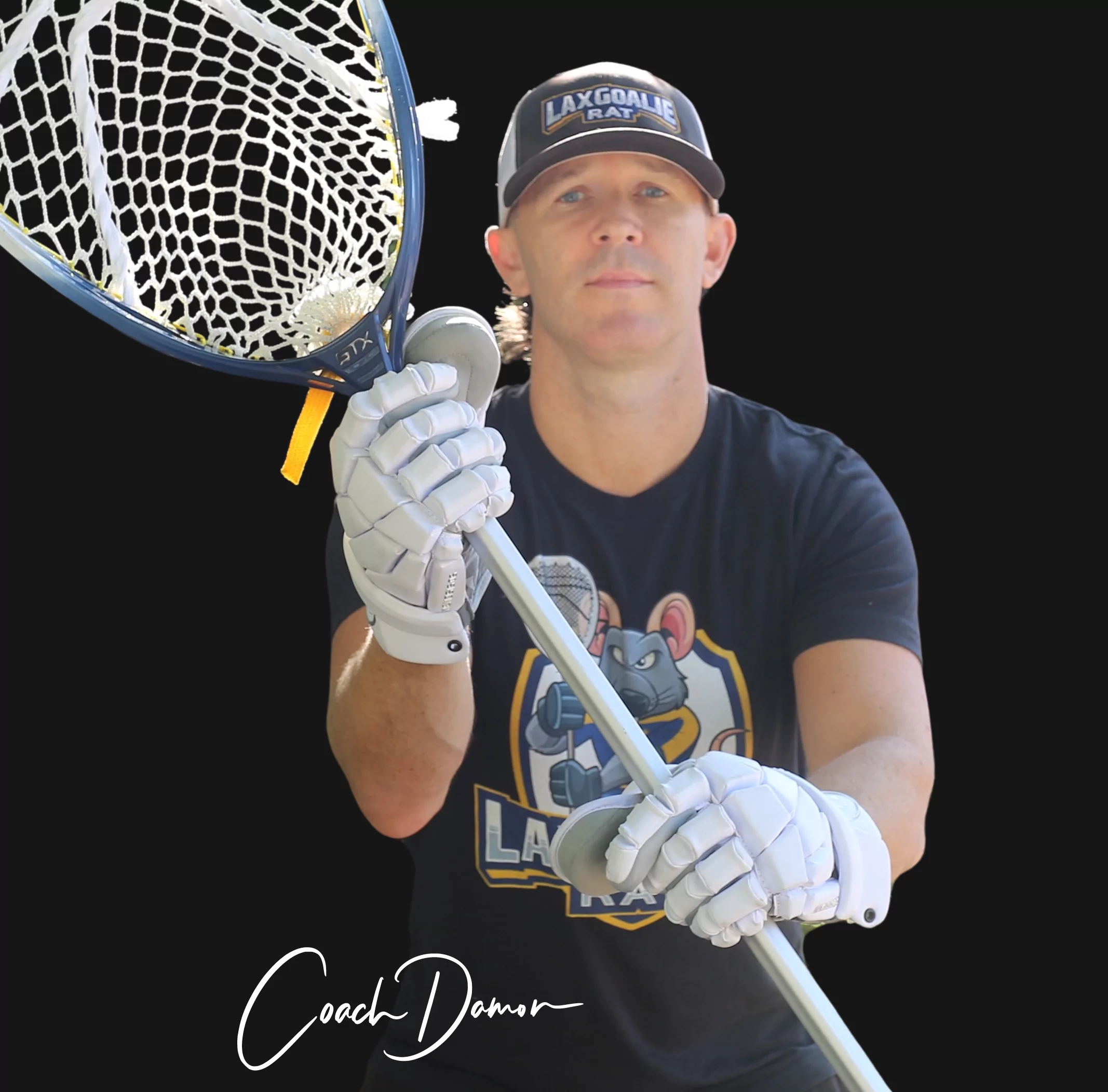







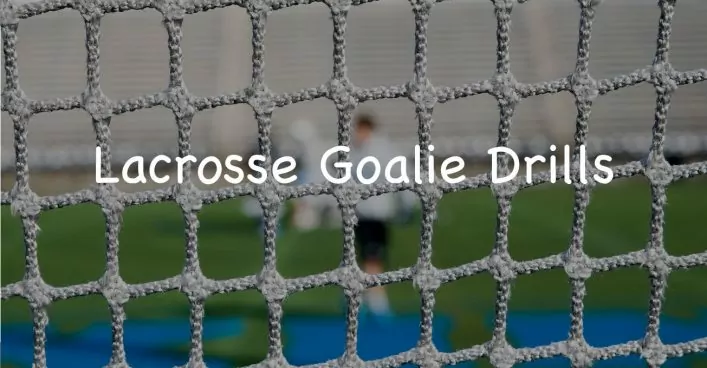 14 Amazing Lacrosse Goalie DrillsAug. 1, 2024
14 Amazing Lacrosse Goalie DrillsAug. 1, 2024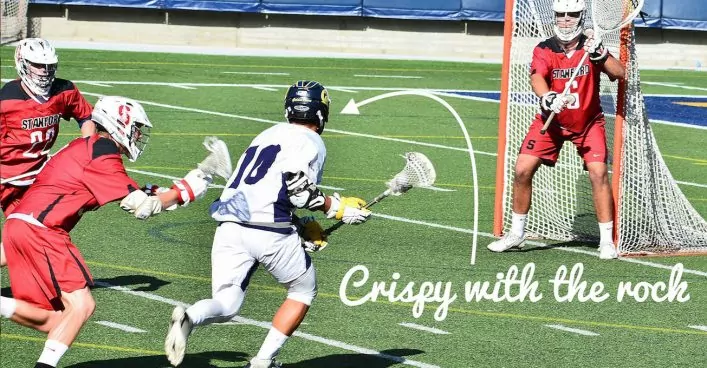 Quick Guide To Lacrosse Slang TermsApril 14, 2025
Quick Guide To Lacrosse Slang TermsApril 14, 2025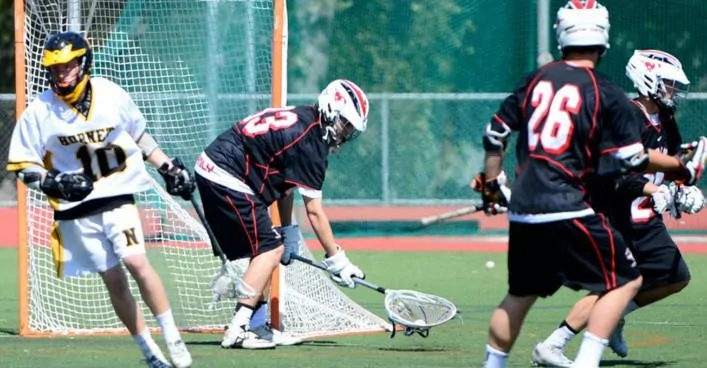 Lacrosse Goalies Rules To KnowJune 28, 2022
Lacrosse Goalies Rules To KnowJune 28, 2022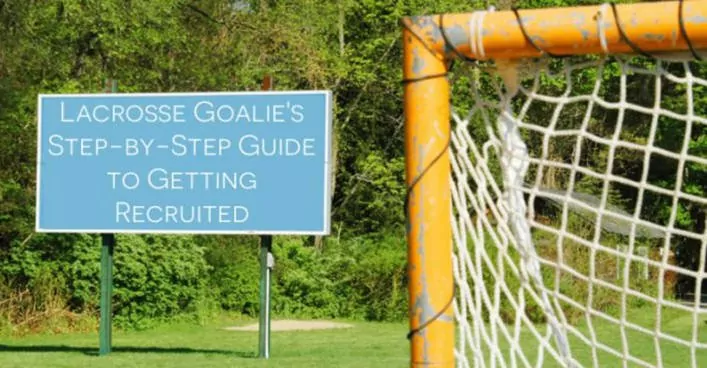 Lacrosse Goalie Step-by-Step Guide to Getting RecruitedFebruary 6, 2022
Lacrosse Goalie Step-by-Step Guide to Getting RecruitedFebruary 6, 2022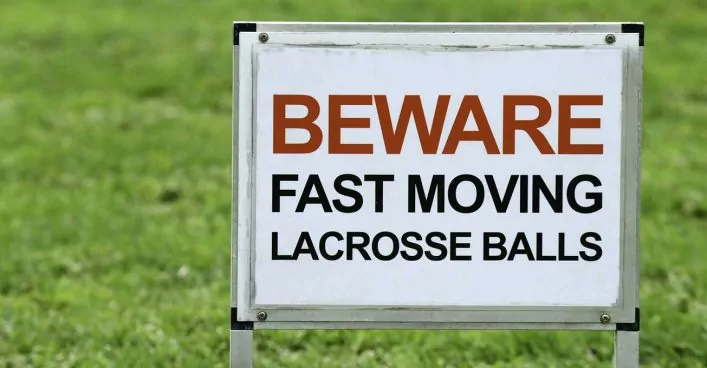 18 Lacrosse Goalie Drills to Improve Your GameApril 24, 2025
18 Lacrosse Goalie Drills to Improve Your GameApril 24, 2025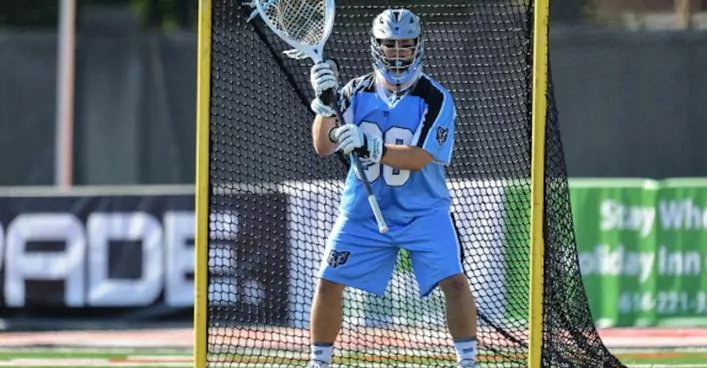 7 Elements of a Great Lacrosse Goalie StanceAug. 1, 2020
7 Elements of a Great Lacrosse Goalie StanceAug. 1, 2020 12 Lacrosse Goalie Tips To Take Your Game to the Next LevelSeptember 10, 2024
12 Lacrosse Goalie Tips To Take Your Game to the Next LevelSeptember 10, 2024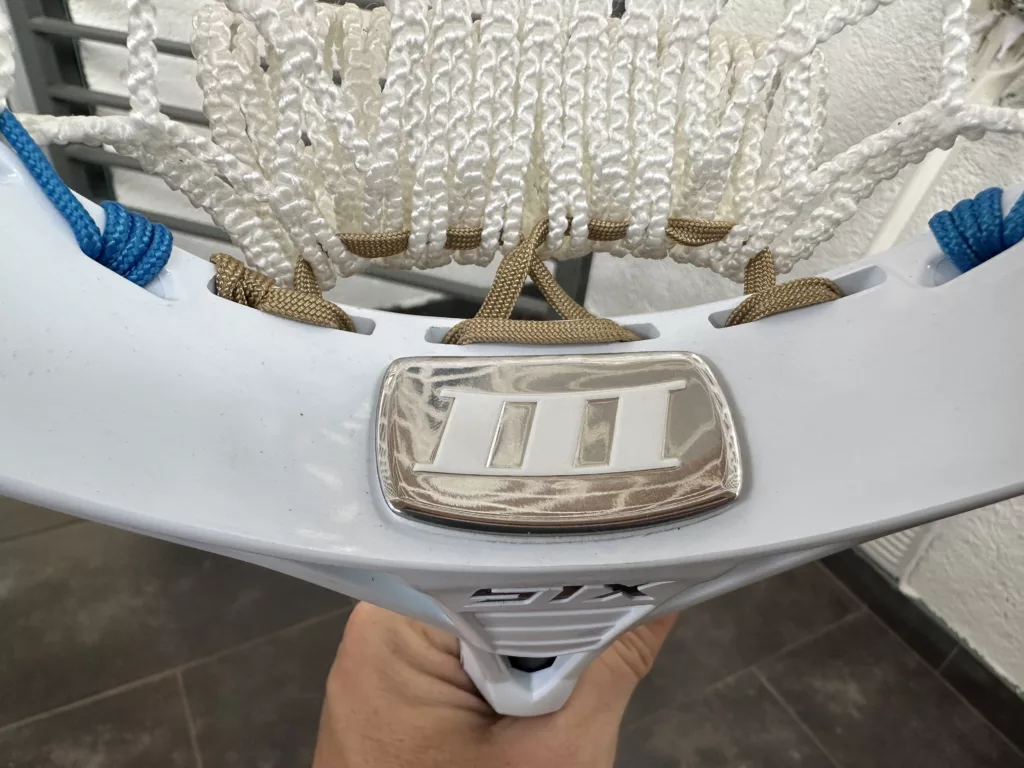 STX Eclipse 3 Goalie Head ReviewApril 24, 2025
STX Eclipse 3 Goalie Head ReviewApril 24, 2025 Lacrosse Goalie WorkoutAug. 12, 2019
Lacrosse Goalie WorkoutAug. 12, 2019 The Basics of Making a SaveJune 29, 2021
The Basics of Making a SaveJune 29, 2021

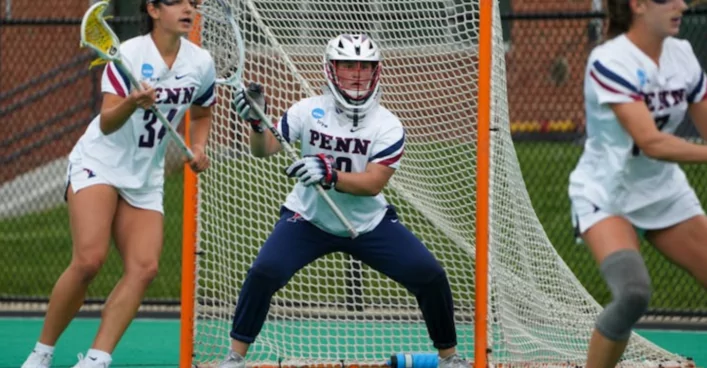

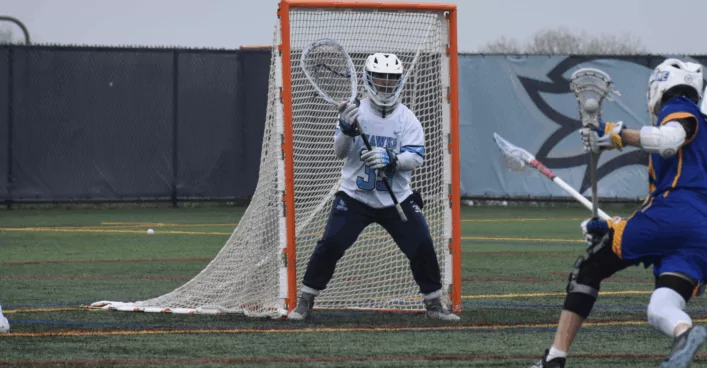
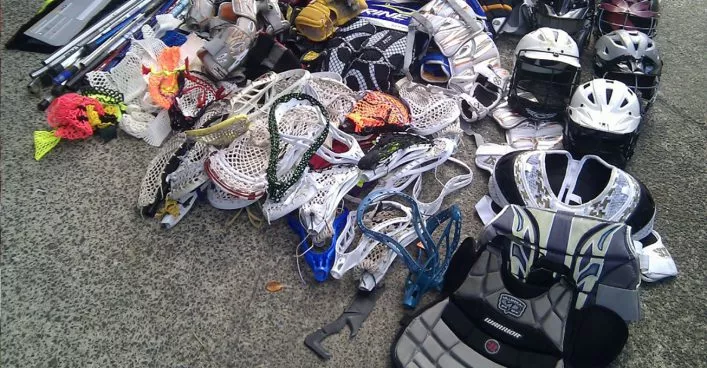

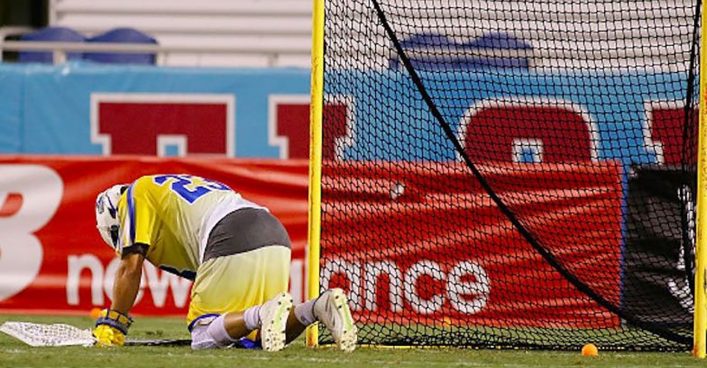
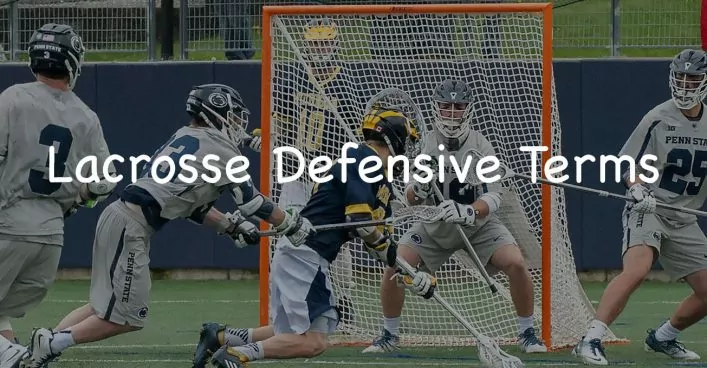
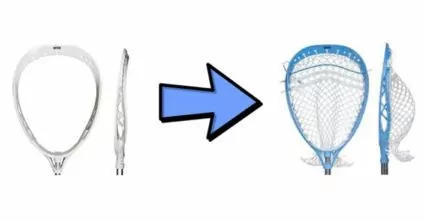
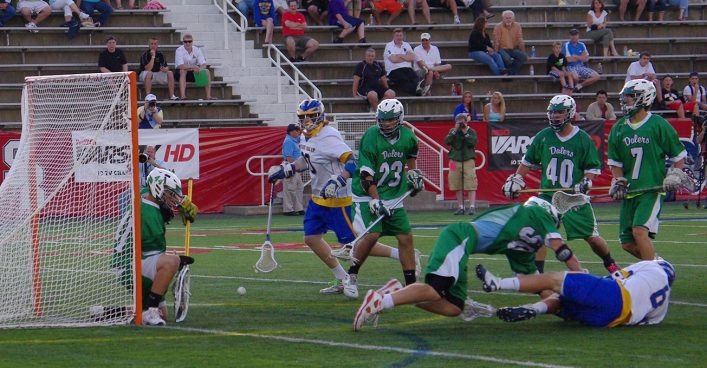












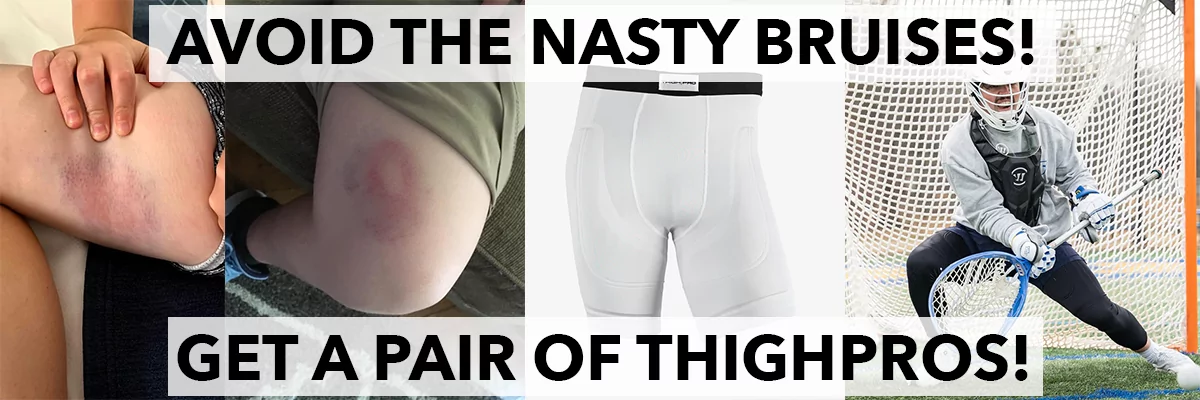

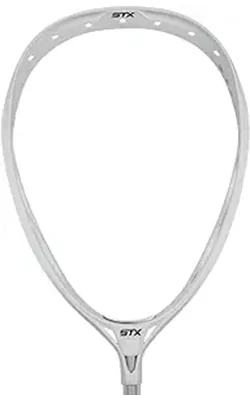

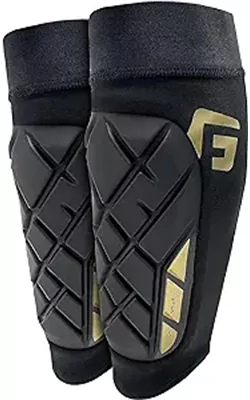
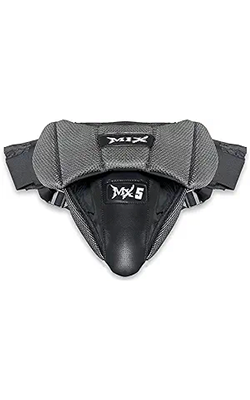

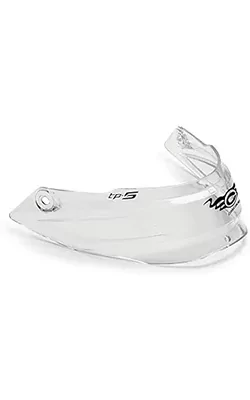
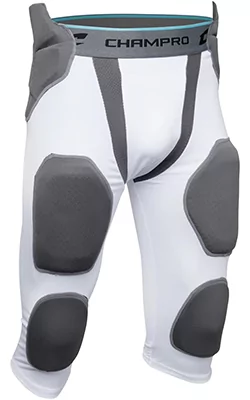


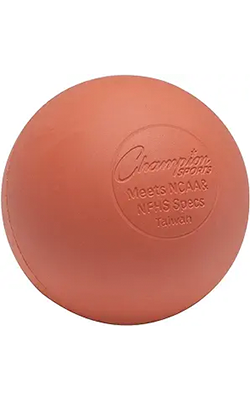

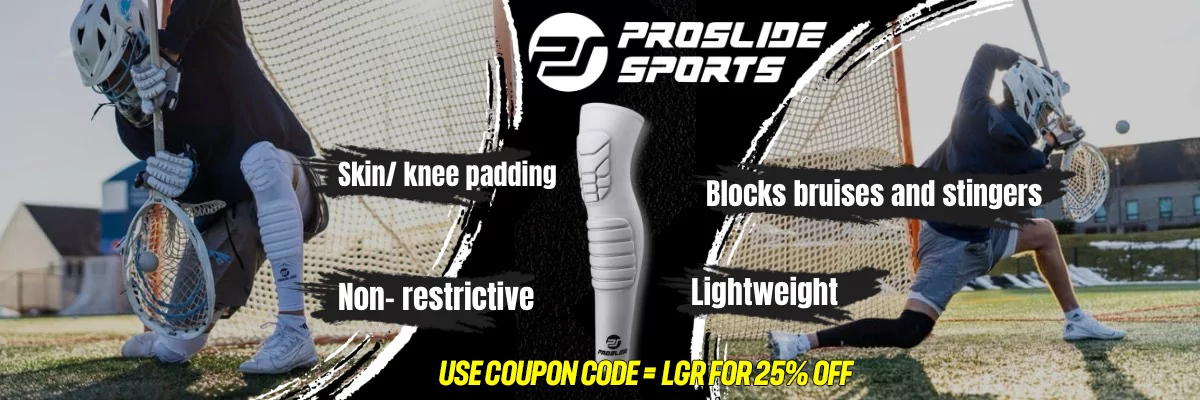
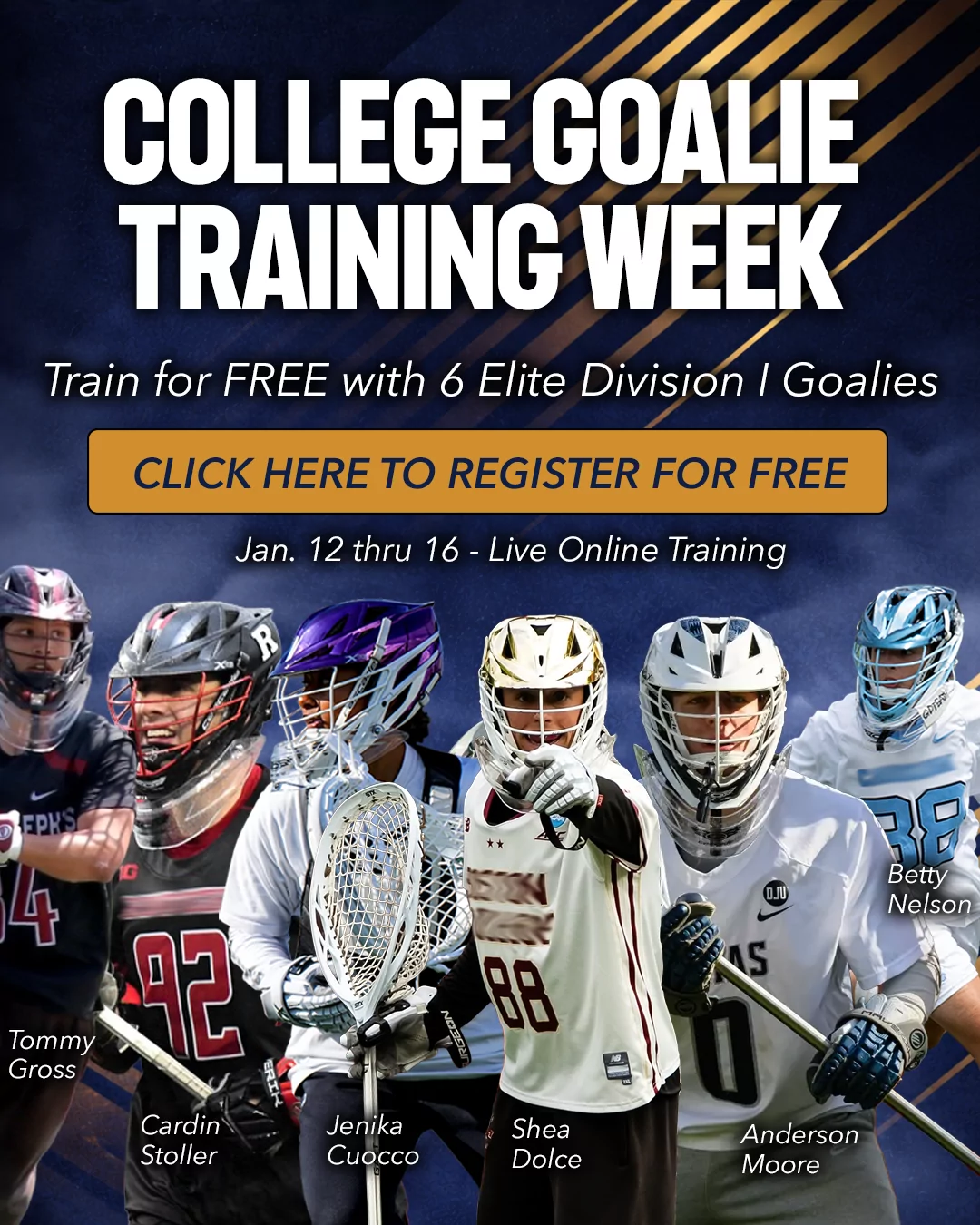




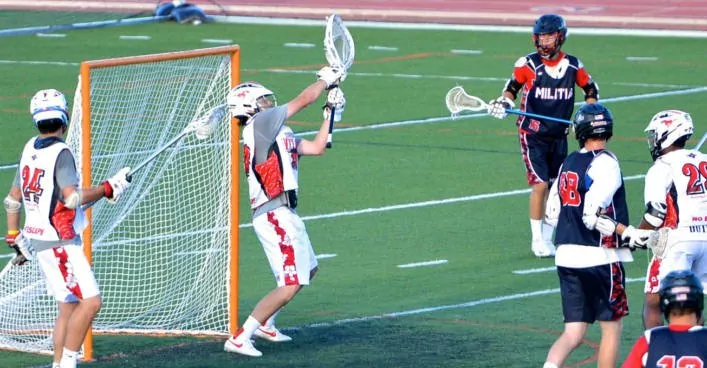
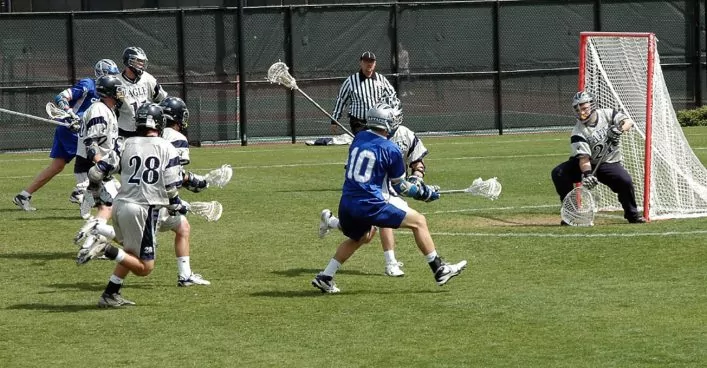


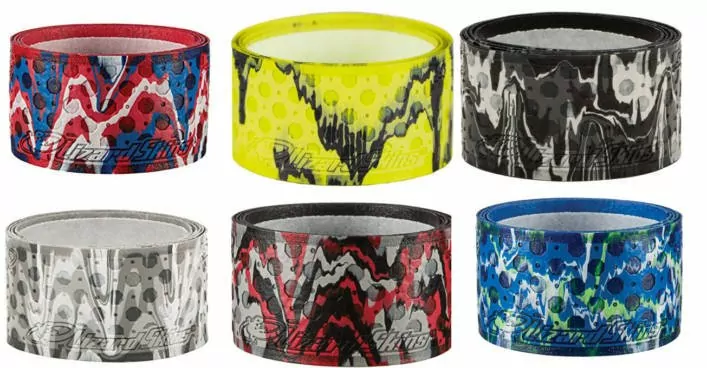
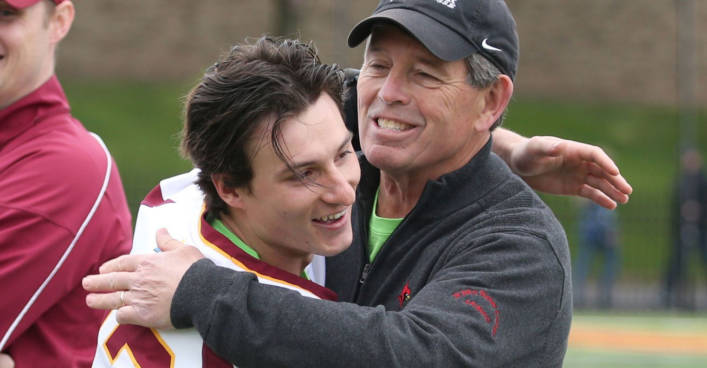









Coach, love this post, it has really helped me stop more low shots. However, I feel like I’m the opposite, I see the low shots better than I see the high shots. Maybe it’s my stance or I’m anticipating low too much, but I have trouble seeing the high ones. Any suggestions? Thank you- Collin
Thanks Collin! I think you’re already onto it, you’re probably setting up in your stance too low or guessing low instead of reacting to the shot.